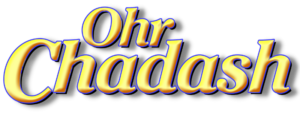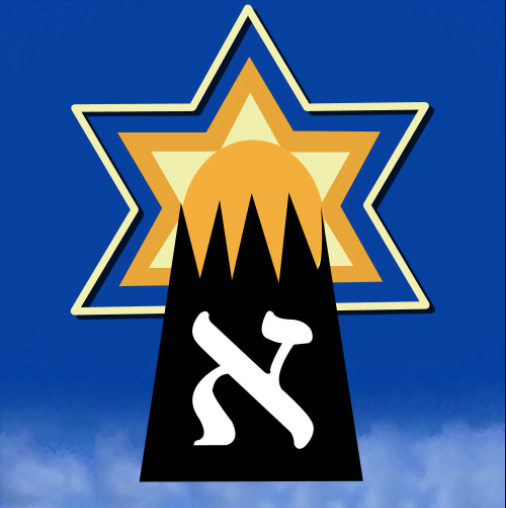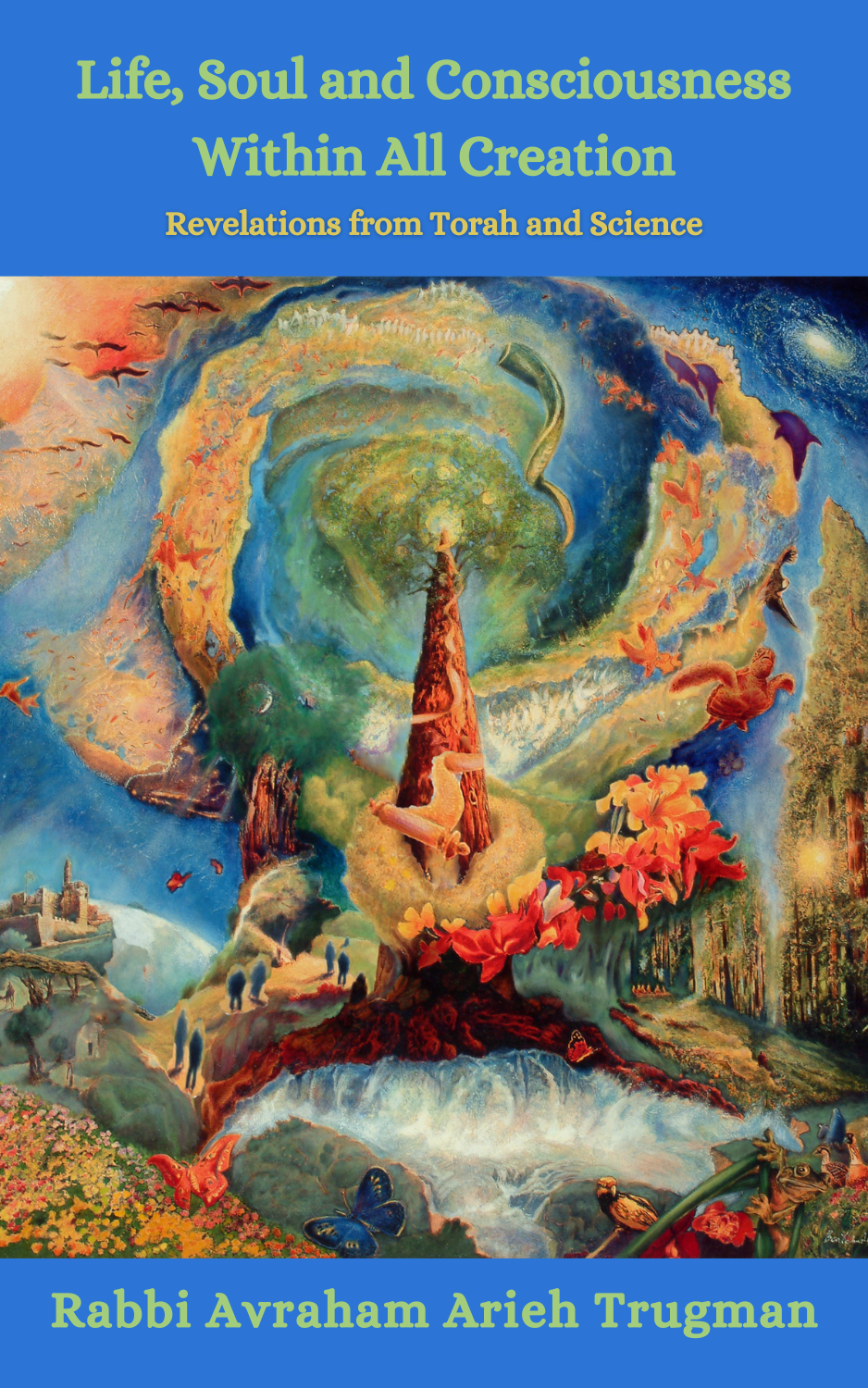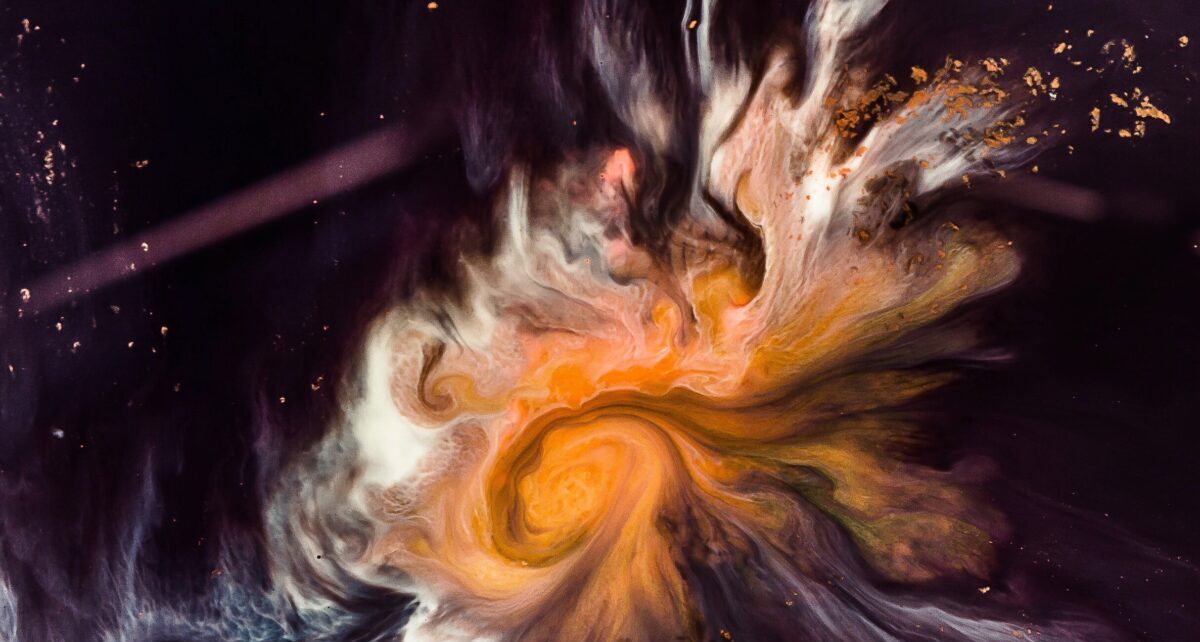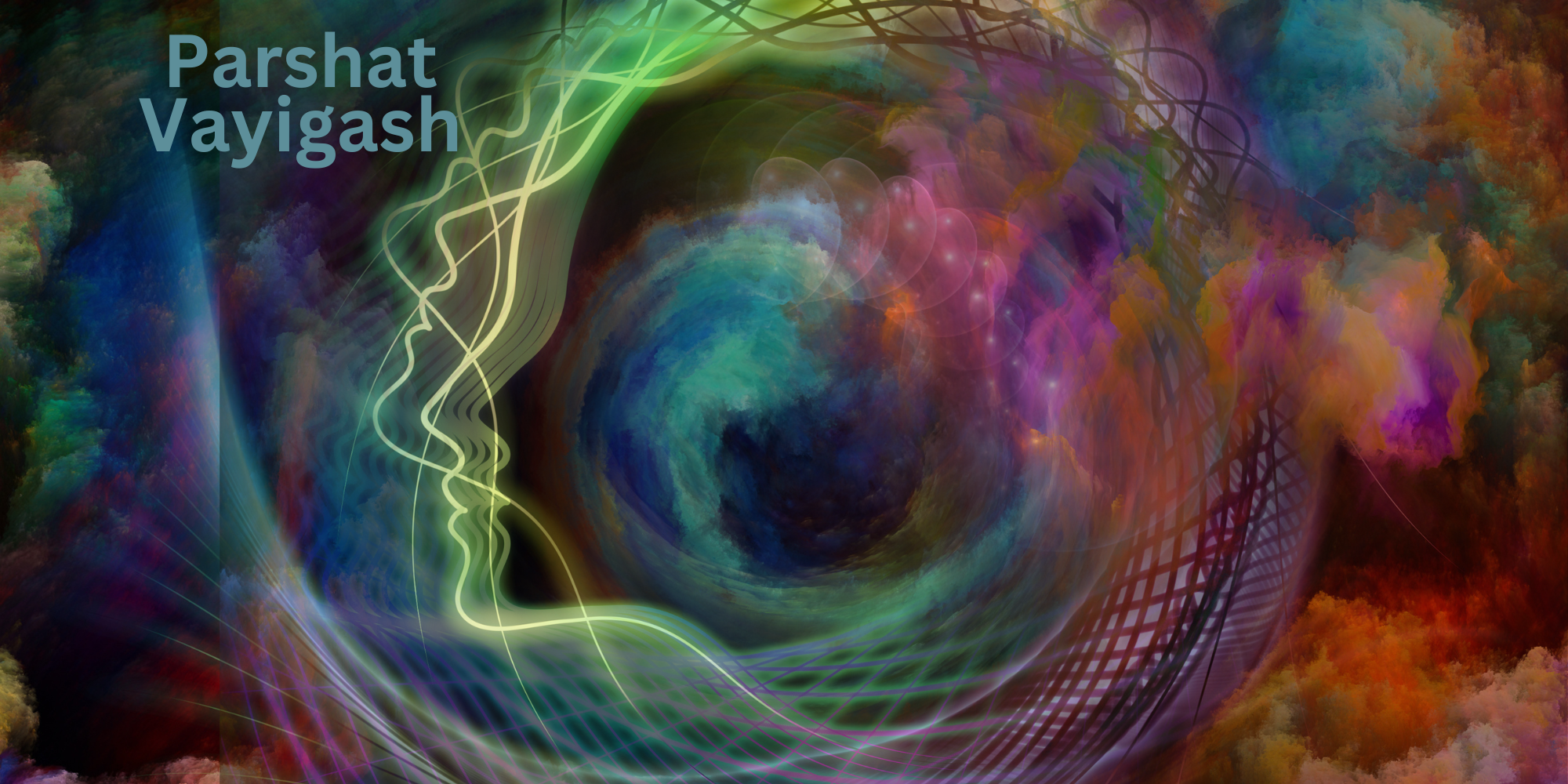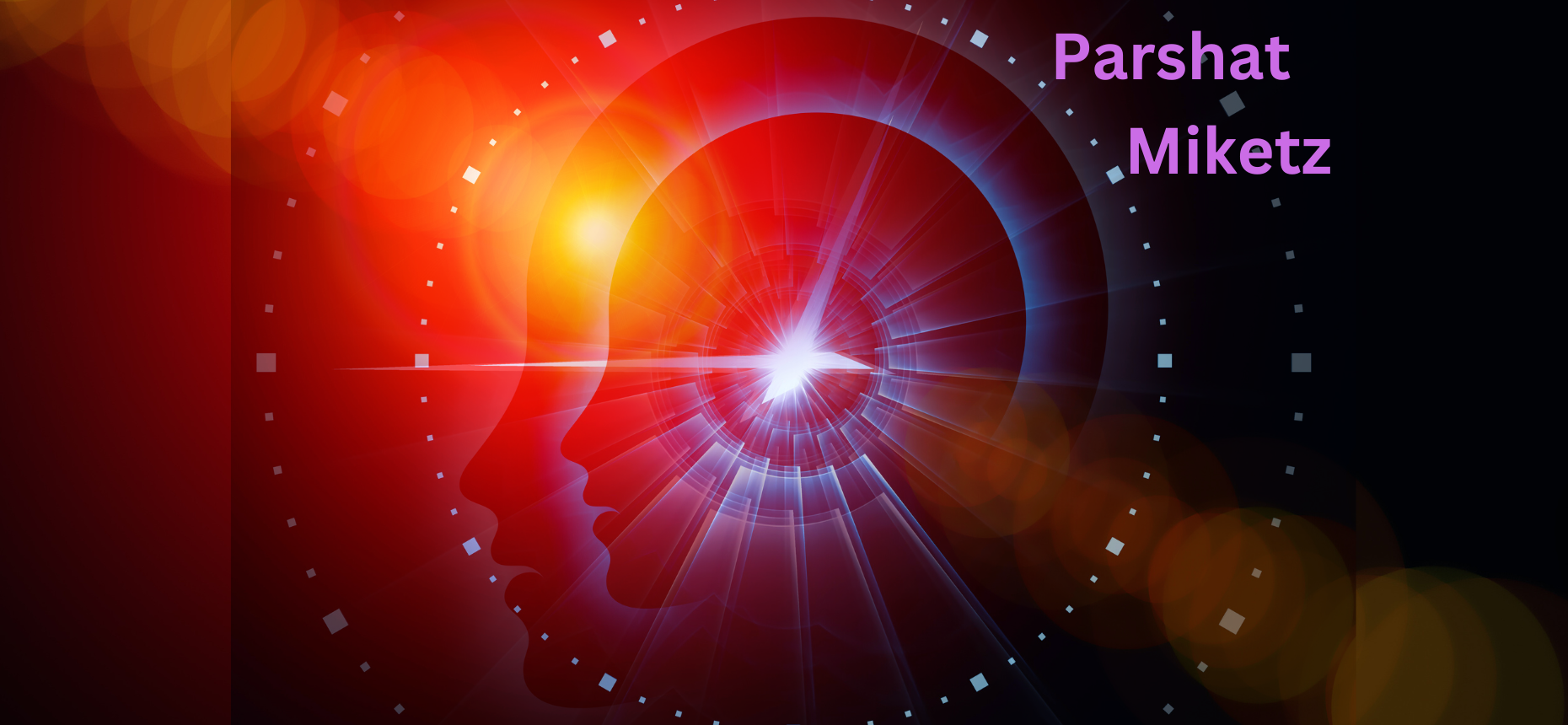There are three basic sounds of the shofar – tekiya, shevarim and teruah. In the Torah Rosh Hashana is actually called “Yom Teruah,” a day of sounding the shofar. The Sages in the Talmud all agreed that the teruah connotes crying, but disagreed whether it was like a melancholy moaning or a more uncontrolled staccato sound. Therefore, both opinions are honored and today we sound the shevarim, which alludes to sighing and has three medium length sounds, the teruah, which connotes uncontrollable crying comprised of nine short sounds and the shevarim-teruah, a combination of the two. Preceding and following each of these sounds is the tekiya which alludes to many things in our tradition: a summons to gather together, a wake up call, a way to greet the king, as well as a sound of joy and rejoicing.
One notices a certain inconsistency between the different crying sounds of the teruah and shevarim and the more uplifting, joyful sound of the tekiya. This paradox reflects two equally important aspects of Rosh Hashana. On one hand it is a very joyful day when through our heartfelt prayers we praise God and crown Him king of the universe. It is also a day to begin again, full of hope and anticipation of a year of blessing. Yet, it is also a very serious, reflective day when all souls are judged by God and our lives and future are on the line. Therefore, the arrangement of the shofar blasts on Rosh Hashana reflect this reality.
It is taught that there is no vessel as whole as a broken heart. Rosh Hashana is the time to open our hearts and express our desire to rectify our lives and be close to God. These heartfelt emotions are surrounded by the tekiya and the hope, trust and joy it represents.
